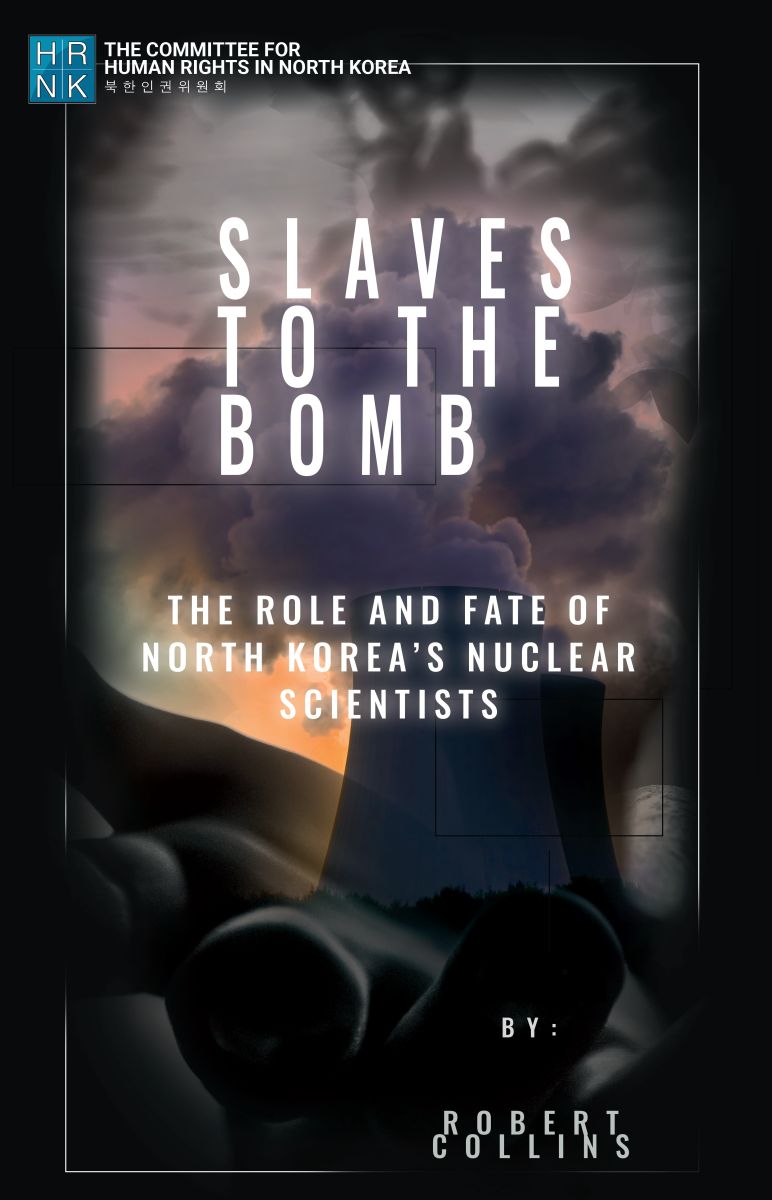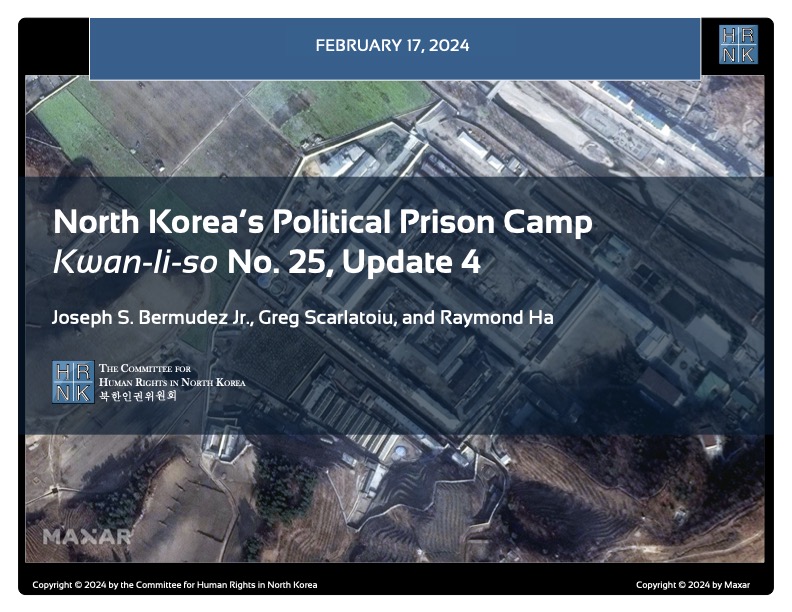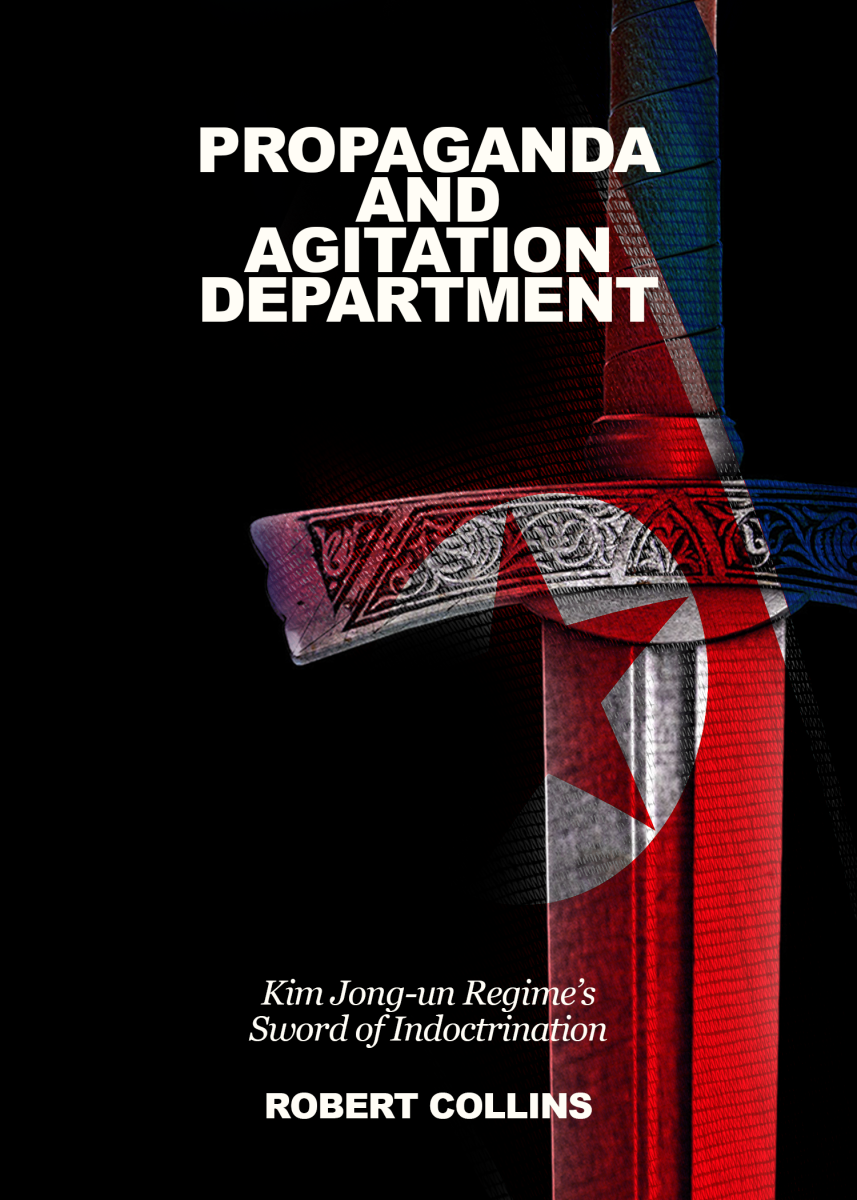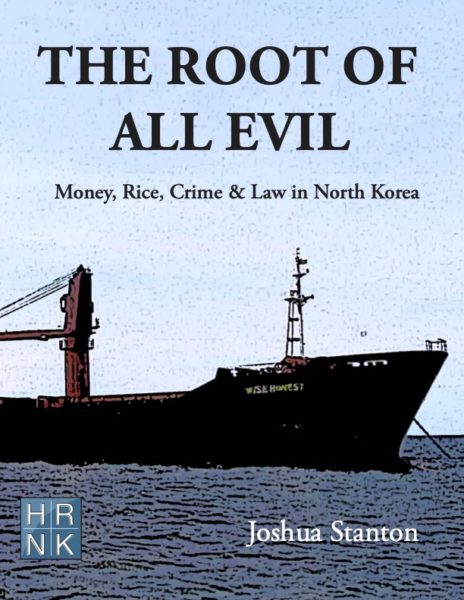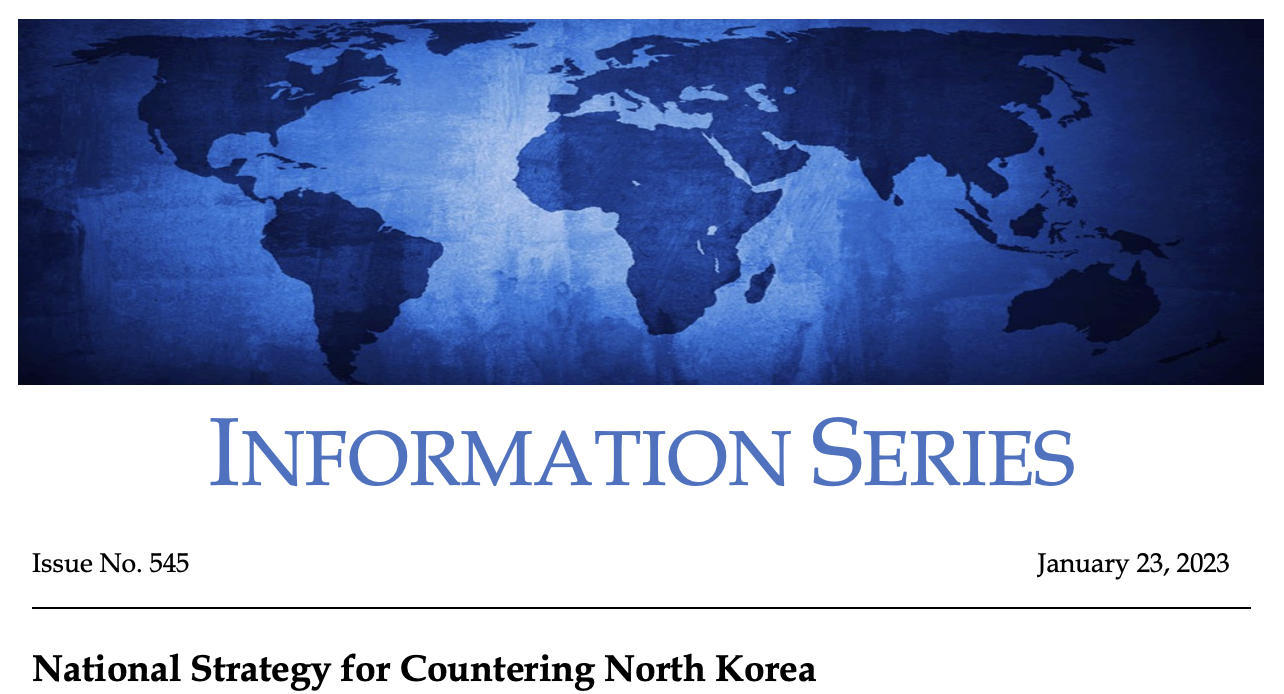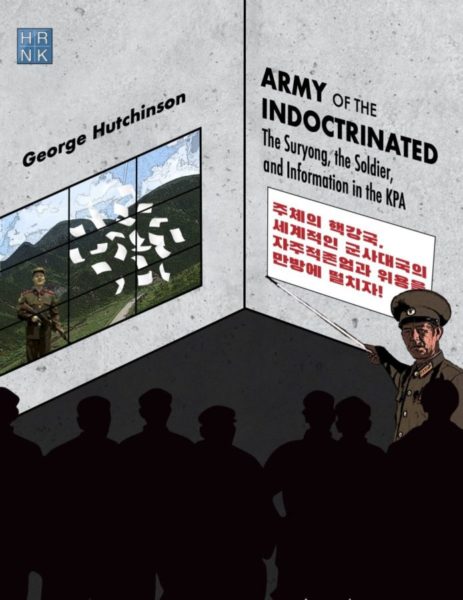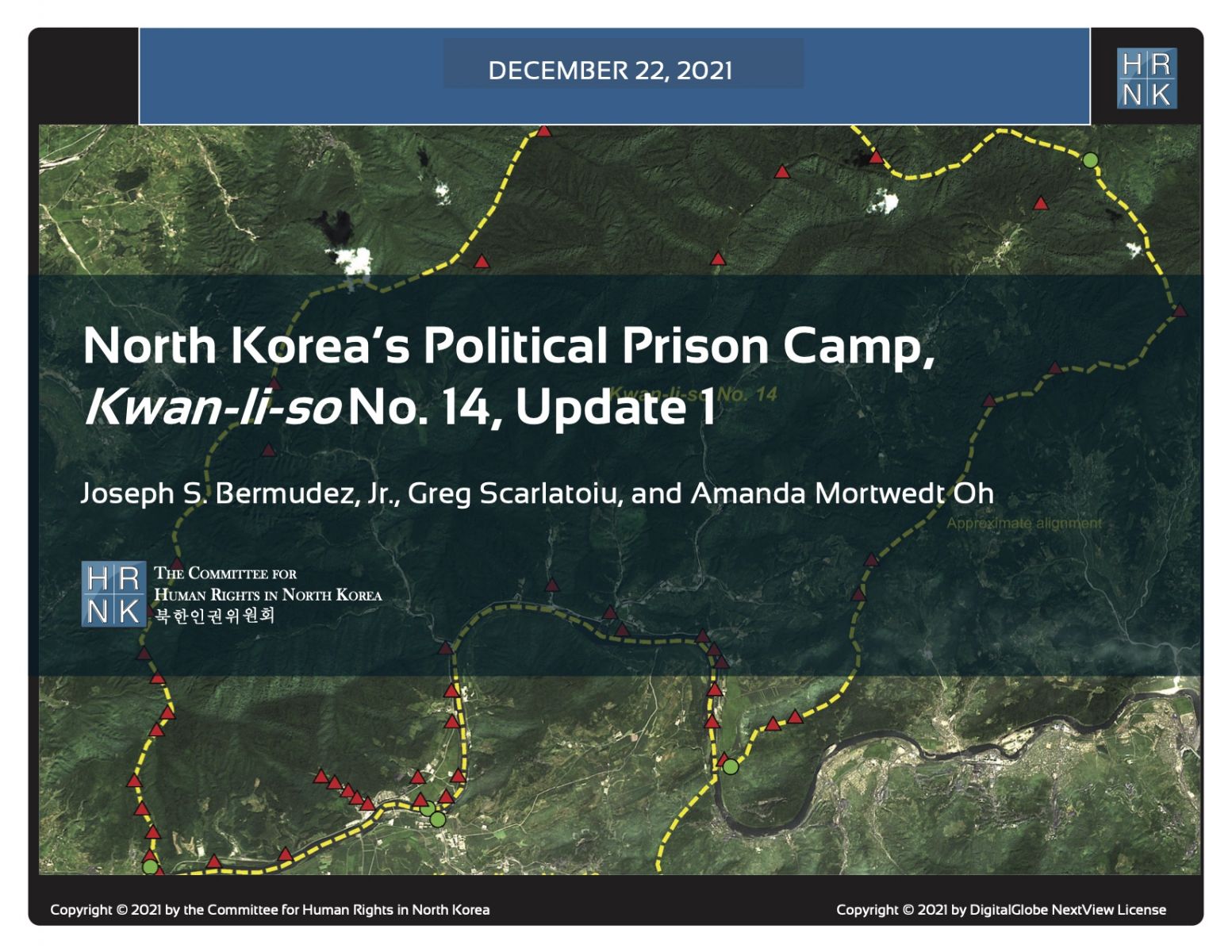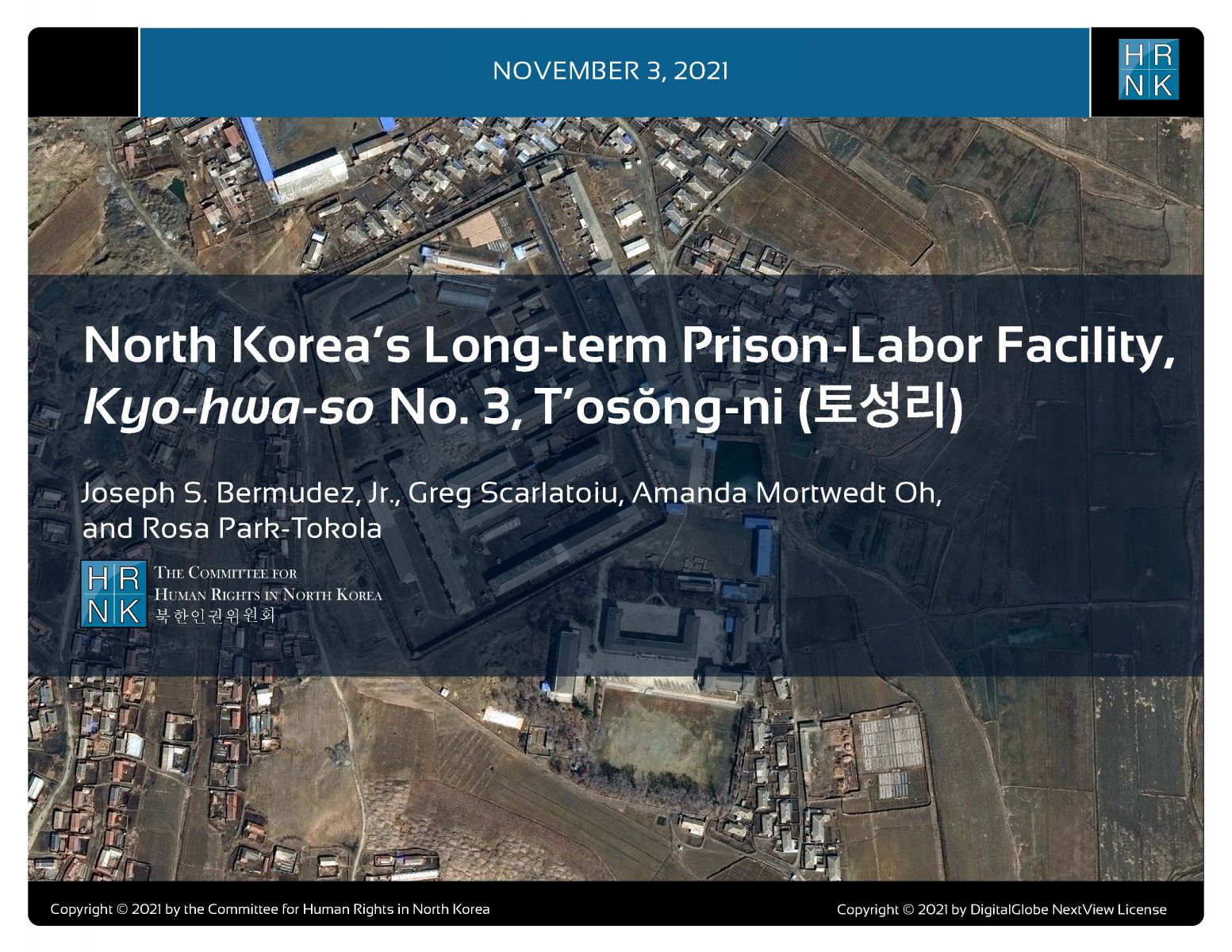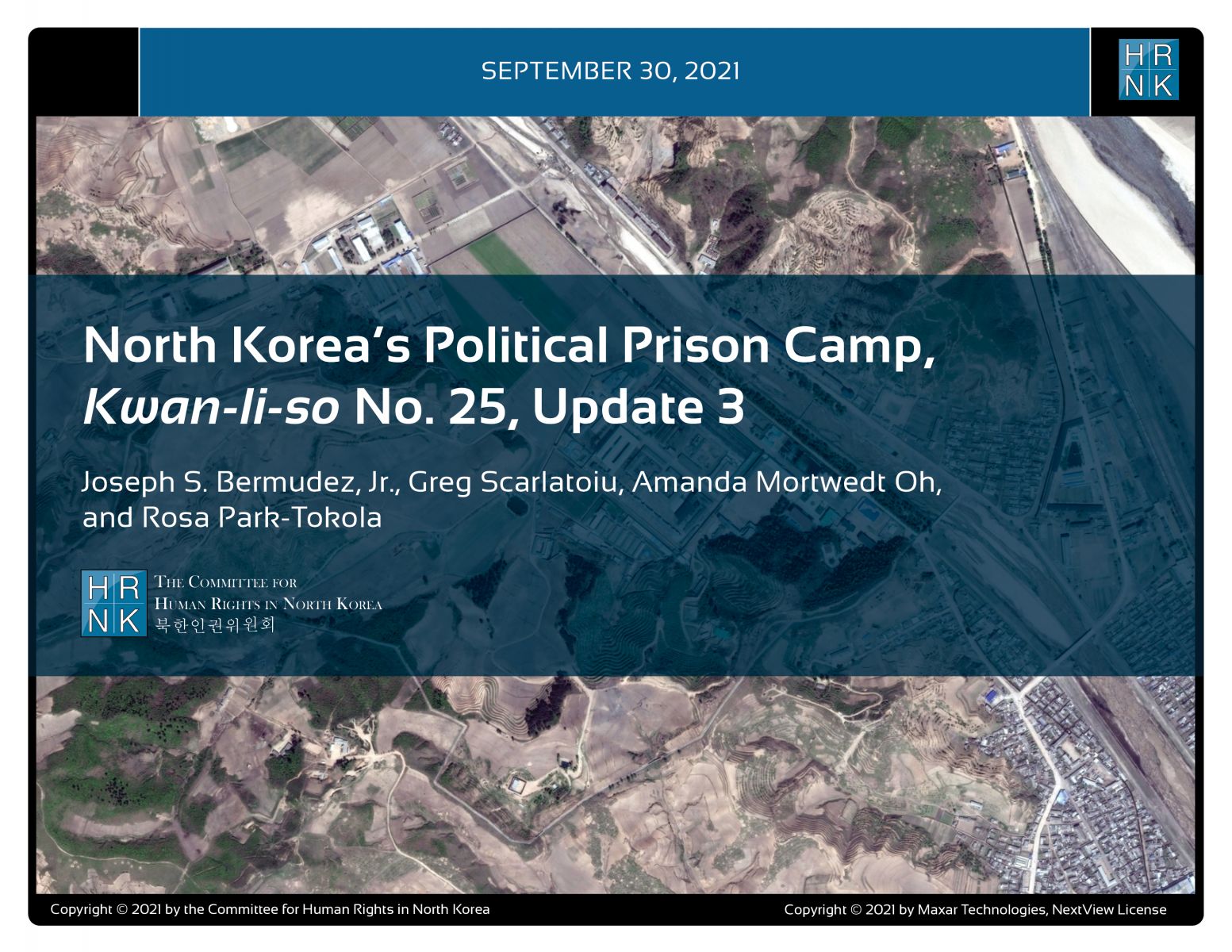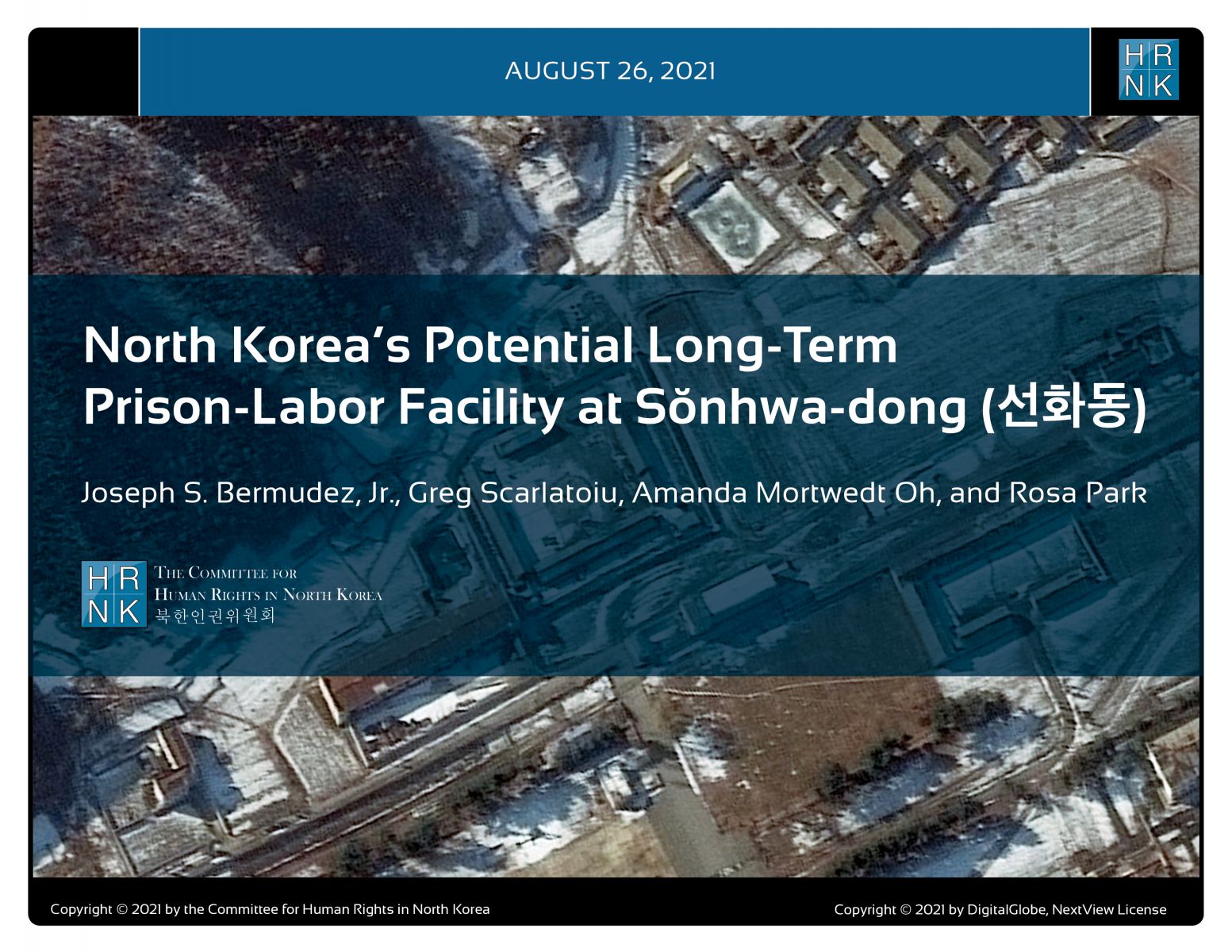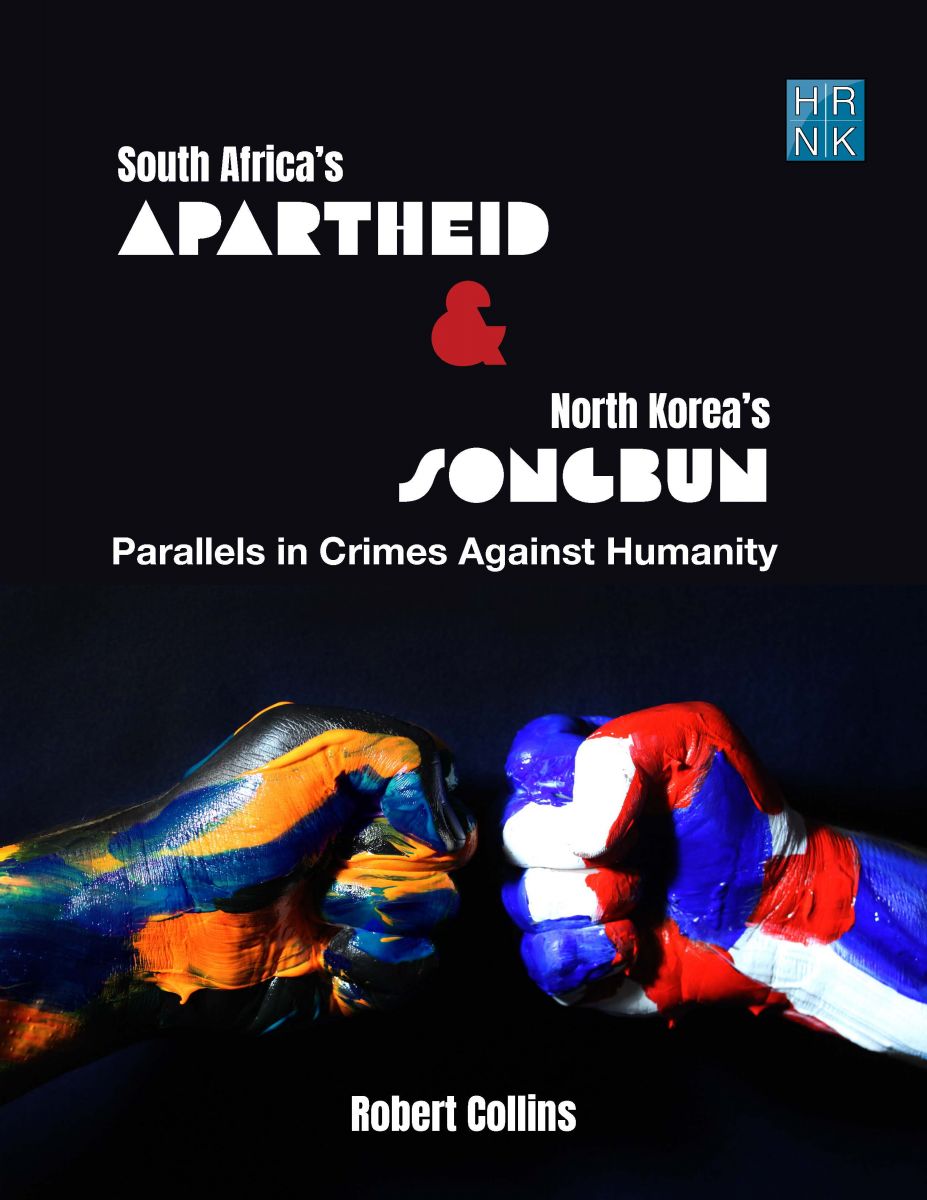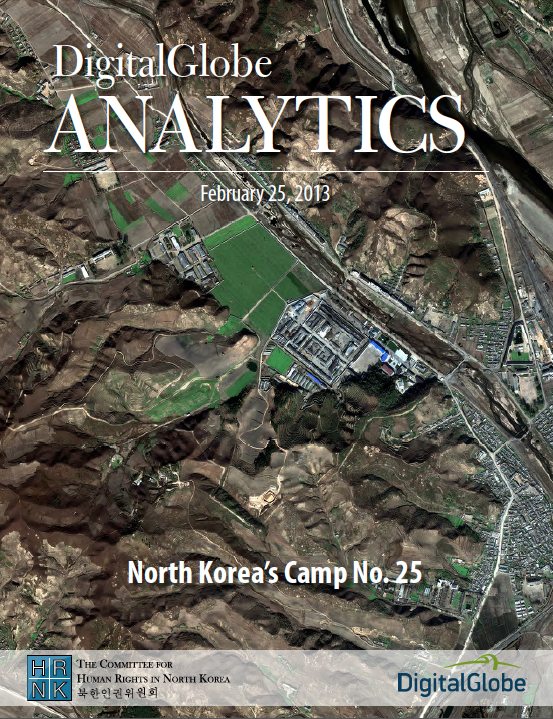
North Korea's Camp No. 25
HRNK & DigitalGlobe, Inc.
Feb 25, 2013
For this report, DigitalGlobe Analytics examined eleven images collected from 2003 to 2013 of the North Korean political prison facility known as Camp 25 (a.k.a. Kwan-liso No. 25, Political Prison Facility No. 25, No. 25 Chongjin Political Concentration Camp, Susŏng Correctional Center) in Susŏng-dong, Ch’ŏngjin-si, Hamgyŏng-bukto, on the northeast coast of the nation. In this analysis, imagery was compared to identify changes in the organization of the camp, including variations in:
- Walls, perimeter, guard posts and gates
- Administrative areas
- Light industrial and prisoner housing areas
- Agriculture
- Agricultural support facilities
- Other buildings
Imagery of these areas could reveal changes that would provide insight into the operational status, prison population and security of Camp 25.
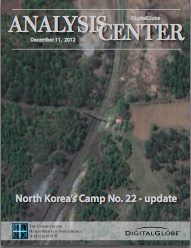
North Korea's Camp No. 22 - Update
HRNK & DigitalGlobe, Inc.
Dec 11, 2012
As a follow-up to the October 2012 joint HRNK- DigitalGlobe imagery analysis of North Korea’s Camp 22 (Kwan-li-so No. 22, Korean People’s Security Guard Unit 2209), DigitalGlobe’s Analysis Center was asked to assist in identifying reported activity in and around Camp 22 in Hamgyŏng-bukto. More specifically, the Analysis Center was to examine:
- The outer perimeter fence, guard towers and guard positions to determine if some, or all, have been razed. The razing of these structures could indicate that Camp 22 prisoners have been replaced with a non-prisoner workforce.2
- Mining-related activities in the Kungsim-dong and Kungsimjukp’o-dong areas. Undisclosed sources claim that mining operations in these areas have been shut down and the miners relocated to the Chungbong-dong (i.e., Camp 22) Mine, replacing the former prisoner workforce there.3
- Examine and assess Camp 16 (Kwan-li-so No. 16) to determine if there is evidence that the prison population has increased in the past year. Such indications could support reports that prisoners from Camp 22 were transferred to Camp 16.
- Because of time and resource constraints, the Analysis Center can only address the first two items at this time. A future report will examine Camp 16.
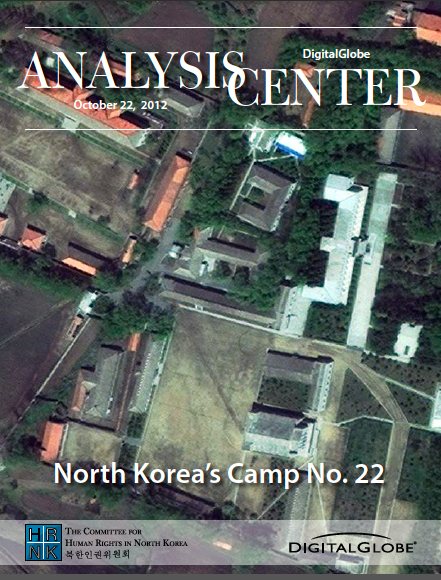
North Korea's Camp No. 22
HRNK & DigitalGlobe, Inc.
Oct 24, 2012
During late September 2012, the North Korean activist community began reporting that the notorious political penal labor facility Camp 22 had been closed in early 2012. On October 1, 2012, in response to these reports and in partnership with the Committee for Human Rights in North Korea, DigitalGlobe’s Analysis Center initiated an imagery analysis of Camp 22.
.jpg)
Coercion, Control, Surveillance, and Punishment: An Examination of the North Korean Police State
Ken E. Gause
Jul 19, 2012
Coercion, Control, Surveillance, and Punishment lifts the curtain on North Korea’s three main security agencies – the State Security Department, the Ministry of Public Security, and the Military Security Command. Increasing in complexity and relevance with each generation, the apparatus relies on constant surveillance, a network of informants in every neighborhood, and the threat of punishment in North Korea’s notorious prison camps to ensure the Kim regime’s total control.
The report suggests that the internal security apparatus, built under Kim Il-sung and Kim Jong-il, will continue to be a key element of Kim Jong-un’s political control. “For sixty years, the internal security apparatus has ensured the survival of the Kim family dictatorship,” says Gause, “Whether or not North Korea collapses, evolves, or continues to muddle through will depend a great deal on the viability of this all-pervasive apparatus.” State security agencies have supported Kim Jong-un as he consolidates power, increasing border surveillance and cracking down on marketplaces and telephone communication.
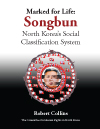
Marked for Life: Songbun, North Korea's Social Classification System
Robert Collins
Jun 06, 2012
The North Korean government assigns a “songbun” status to every citizen at birth based on the perceived political loyalty of his or her family going back generations. While a small, politically loyal class in North Korea is entitled to extensive privileges, the vast majority of citizens are relegated to a permanent lower status and then discriminated against for reasons they cannot control or change.

The Hidden Gulag Second Edition
David Hawk
Apr 10, 2012
Based on extensive interviews with over 60 defectors and more than 40 satellite photos of North Korean political prisoner camps, the report calls for the dismantlement of the vast North Korean gulag system in which 150,000 to 200,000 are incarcerated.
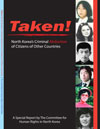
Taken!
Yoshi Yamamoto
Nov 30, 2011
TAKEN! provides an in-depth and comprehensive history and analysis of North Korea’s state-sponsored policy of abducting citizens of other countries. This criminal enterprise dates back to the earliest days of the regime, and to policy decisions made by Kim II-sung himself. Those abducted came from widely diverse backgrounds, numerous nationalities, both genders, and all ages, and were taken from placs as far away as London, Copenhagen, Zagreb, Beirut, Hong Kong, and China, in addition to Japan. During the 1960′s, 93,000 Koreans were lured from Japan and held against their will in North Korea. A decade later, children of North Korean agents were apparently kidnapped in order to control their parents. Beginning in the late 1970′s, foreigners who could teach North Korean operatives to infiltrate targeted countries were brought to North Korea and forced to teach spies. Since then, people in China who assist North Korean refugees have been targeted. By our estimation, the staggering sum of these captives who are held against their will is 180, 308.
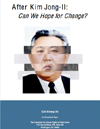
North Korea after Kim Jong-il: Can We Hope for Better Human Rights Protection?
Kim Kwang Jin, HRNK Non-Resident Fellow
2011
North Korea today is in a state of power transition that could lead to new dangers, instability, and uncertainty. This was not the case during the first succession. Kim Jong-Il had been carefully groomed by his father to succeed him. The process had gone on for twenty years and was directed by Kim Il-Sung himself.
In North Korea, all political power derives from Kim Il-Sung’s reign. At the present, North Korea refers to itself as “Kim Il-Sung’s nation.” In 1998, the North Korean Constitution was changed to enshrine Kim Il-Sung as the “eternal president,” even though he had been dead for four years.
Acting in his father’s name, Kim Jong-Il was able to seize and retain power. His son, Kim Il-Sung’s grandson, must now do the same thing. The regime knows that this basis for power succession cannot be used so easily again, and is rushing to tie the young man to his grandfather’s political legacy.
Even though it is clear that Kim Jong-Il has named his third son, Kim Jong-Eun, as the heir, there is no sure guarantee this time that it will work well. Depending on how the succession proceeds and taking into account many unpredictable developments, a number of possibilities will arise. Before the “next leader” of North Korea takes over, there may be turmoil, confusion, and unexpected rivalries.

Lives for Sale: Personal Accounts of Women Fleeing North Korea to China
Lee Hae Young
Oct 01, 2009
This report calls the world’s attention to the suffering of North Korean women who have become the victims of trafficking and forced marriages after escaping their country to seek a new life in China. Seventy-seven interviews with North Korean women living in China yield 52 personal accounts--life stories of women who leave their home country for survival and safety only to be purchased by Chinese men who abuse and exploit them in China. In spite of finding places to live, North Korean women enter a maze of entrapping political and social difficulties that threaten not just the North Korean women themselves but also their children. The Chinese government defines them as “illegal economic migrants” and sends them back to North Korea where they are punished in prison camps and detention facilities. Lee Hae-young, a dedicated human rights activist, interviewed North Korean women through a series of trips to China, vividly illustrating how a combination of policy and practices on both sides of the border has created an ever widening web of exploitation and degradation of vulnerable women and their children. As troubling as the testimony of these eyewitnesses is, they are among the most fortunate women of North Korea, who have survived the North Korean famine and the perilous road of defection.
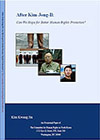
After Kim Jong II: Can We Hope for Better Human Rights Protection?
Kim Kwang Jin, HRNK Non-Resident Fellow
2009
This report is part of HRNK’s “Occasional Papers,” expressing a viewpoint not necessarily representative of the Committee or its Board of Directors. Rather, this paper is written from the viewpoint of a courageous man who has seen the North Korean system from within and has participated in the workings of that system. The author knows how outcomes are produced in North Korea and which individuals are critical to the political process. Kim Kwang-jin provides an overview of the North Korean regime, stating that, due to Kim Jong-il’s fragile health, power transition is likely to take place in the near future. According to the author, Kim Jong-un, the third son of Kim Jong-il, will likely take up the vacant seat of power. Kim Kwang-jin proposes four different scenarios of hereditary succession: 1. Direct transfer of one-man rule to Kim Jong-eun. 2. Repetition of Kim Jong-il style dictatorship supported from behind the scenes by a collective regency. 3. Takeover by a single regent. 4. Military coup. The report formulates recommendations aiming to promote international involvement and to prepare a foundation for new policies in a post-Kim Jong-il North Korea. The report includes detailed profiles and headshot photographs of influential persons involved in the current power succession in North Korea.
This is the first satellite imagery report by HRNK on a long-term political prison commonly identified by researchers and former detainees as Kwan-li-so No. 18 (Pukch'ang). This report was concurrently published on Tearline at https://www.tearline.mil/public_page/prison-camp-18.
To understand the challenges faced by the personnel who are involved in North Korea’s nuclear program, it is crucial to understand the recruitment, education, and training processes through the lens of human rights. This report offers a starting point toward that understanding. North Korea’s scientists and engineers are forced to work on the nuclear weapons program regardless of their own interests, preferences, or aspirations. These individuals may be described as “moder
In this submission, HRNK focuses its attention on the following issues in the DPRK: The status of the system of detention facilities, where a multitude of human rights violations are ongoing. The post-COVID human security and human rights status of North Korean women, with particular attention to sexual and gender-based violence (SGBV). The issue of Japanese abductees and South Korean prisoners of war (POWs), abductees, and unjust detainees.
This report provides an abbreviated update to our previous reports on a long-term political prison commonly identified by former prisoners and researchers as Kwan-li-so No. 25 by providing details of activity observed during 2021–2023. This report was originally published on Tearline at https://www.tearline.mil/public_page/prison-camp-25.
This report explains how the Kim regime organizes and implements its policy of human rights denial using the Propaganda and Agitation Department (PAD) to preserve and strengthen its monolithic system of control. The report also provides detailed background on the history of the PAD, as well as a human terrain map that details present and past PAD leadership.
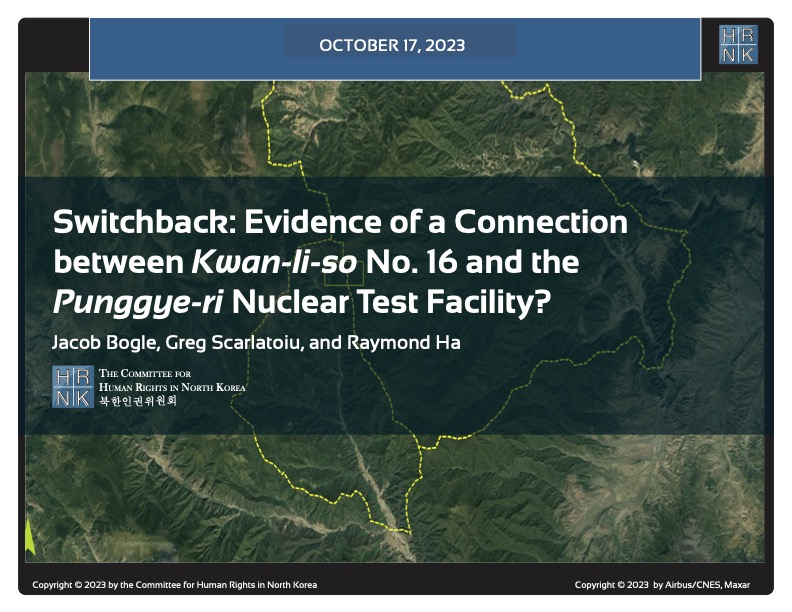
HRNK's latest satellite imagery report analyzes a 5.2 km-long switchback road, visible in commercial satellite imagery, that runs from Testing Tunnel No. 1 at North Korea's Punggye-ri nuclear test facility to the perimeter of Kwan-li-so (political prison camp) no. 16.
This report proposes a long-term, multilateral legal strategy, using existing United Nations resolutions and conventions, and U.S. statutes that are either codified or proposed in appended model legislation, to find, freeze, forfeit, and deposit the proceeds of the North Korean government's kleptocracy into international escrow. These funds would be available for limited, case-by-case disbursements to provide food and medical care for poor North Koreans, and--contingent upon Pyongyang's progress
For thirty years, U.S. North Korea policy have sacrificed human rights for the sake of addressing nuclear weapons. Both the North Korean nuclear and missile programs have thrived. Sidelining human rights to appease the North Korean regime is not the answer, but a fundamental flaw in U.S. policy. (Published by the National Institute for Public Policy)
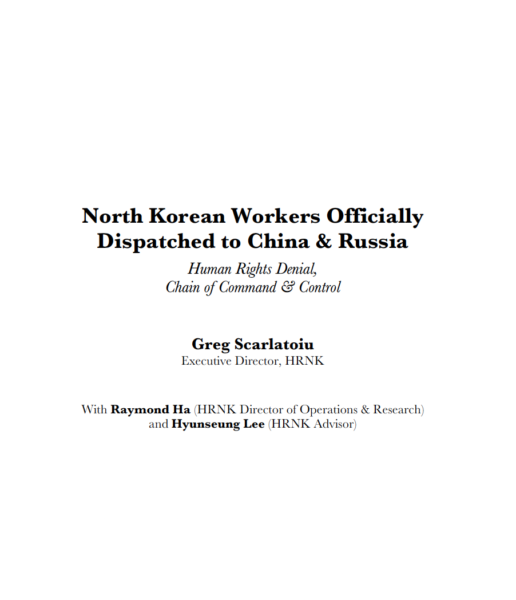
North Korea’s forced labor enterprise and its state sponsorship of human trafficking certainly continued until the onset of the COVID pandemic. HRNK has endeavored to determine if North Korean entities responsible for exporting workers to China and Russia continued their activities under COVID as well.
George Hutchinson's The Suryong, the Soldier, and Information in the KPA is the second of three building blocks of a multi-year HRNK project to examine North Korea's information environment. Hutchinson's thoroughly researched and sourced report addresses the circulation of information within the Korean People's Army (KPA). Understanding how KPA soldiers receive their information is needed to prepare information campaigns while taking into account all possible contingenc
This report is part of a comprehensive long-term project undertaken by HRNK to use satellite imagery and former prisoner interviews to shed light on human suffering in North Korea by monitoring activity at political prison facilities throughout the nation. This is the second HRNK satellite imagery report detailing activity observed during 2015 to 2021 at a prison facility commonly identified by former prisoners and researchers as “Kwan-li-so No. 14 Kaech’ŏn” (39.646810, 126.117058) and
This report is part of a comprehensive long-term project undertaken by HRNK to use satellite imagery and former prisoner interviews to shed light on human suffering in North Korea by monitoring activity at civil and political prison facilities throughout the nation. This study details activity observed during 1968–1977 and 2002–2021 at a prison facility commonly identified by former prisoners and researchers as "Kyo-hwa-so No. 3, T'osŏng-ni" and endeavors to e
This report is part of a comprehensive long-term project undertaken by HRNK to use satellite imagery and former detainee interviews to shed light on human suffering in the Democratic People’s Republic of Korea (DPRK, more commonly known as North Korea) by monitoring activity at political prison facilities throughout the nation. This report provides an abbreviated update to our previous reports on a long-term political prison commonly identified by former prisoners and researchers as Kwan-li-so
Through satellite imagery analysis and witness testimony, HRNK has identified a previously unknown potential kyo-hwa-so long-term prison-labor facility at Sŏnhwa-dong (선화동) P’ihyŏn-gun, P’yŏngan-bukto, North Korea. While this facility appears to be operational and well maintained, further imagery analysis and witness testimony collection will be necessary in order to irrefutably confirm that Sŏnhwa-dong is a kyo-hwa-so.
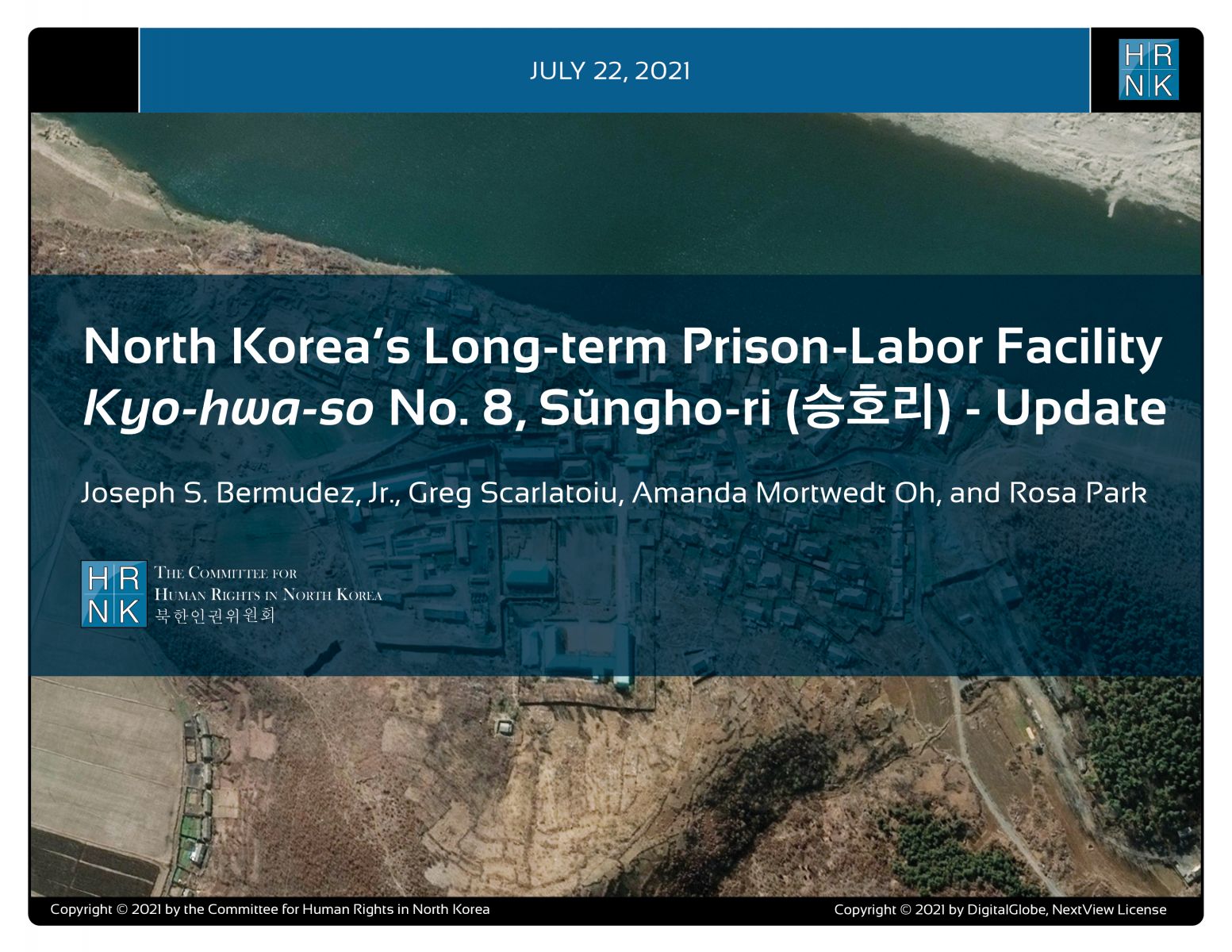
"North Korea’s Long-term Prison-Labor Facility Kyo-hwa-so No. 8, Sŭngho-ri (승호리) - Update" is the latest report under a long-term project employing satellite imagery analysis and former political prisoner testimony to shed light on human suffering in North Korea's prison camps.
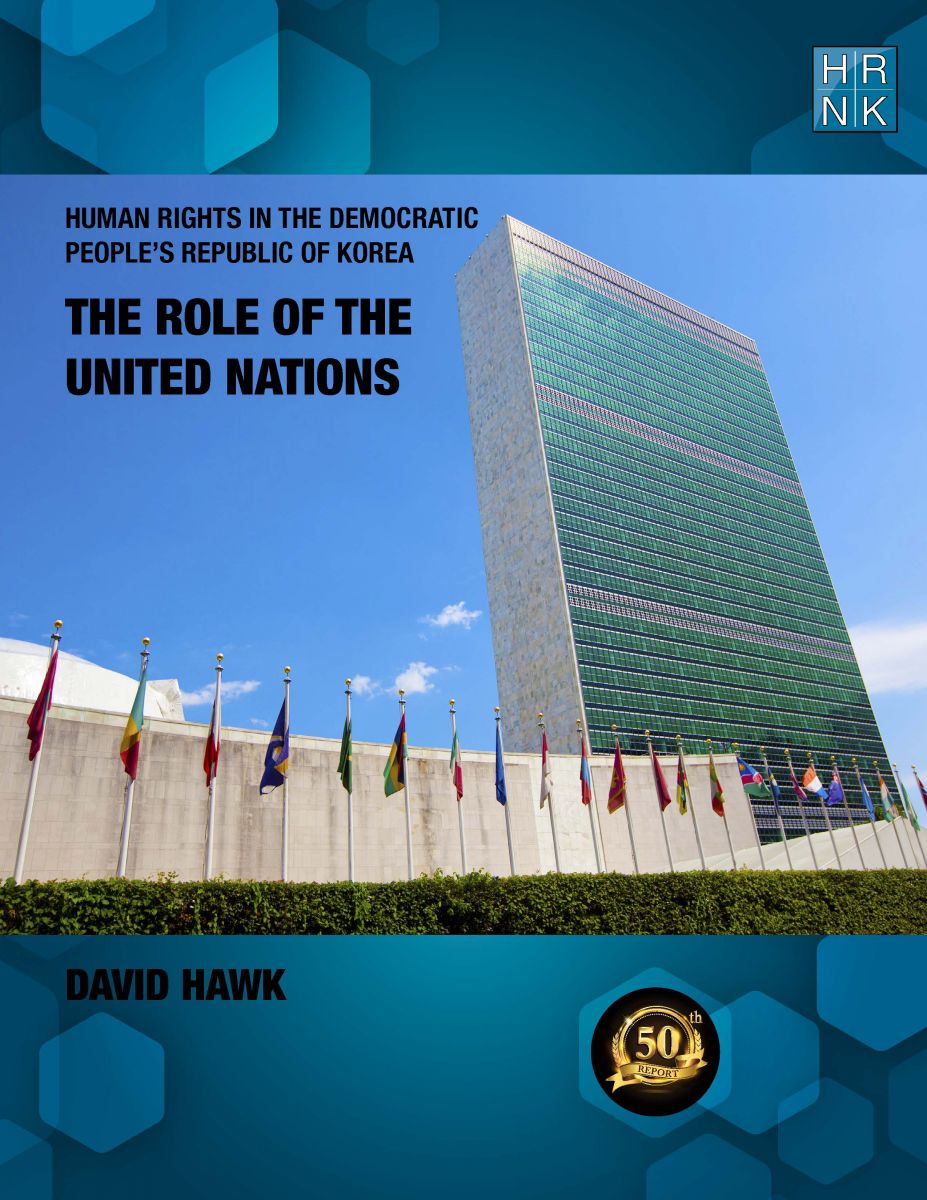
Human Rights in the Democratic Republic of Korea: The Role of the United Nations" is HRNK's 50th report in our 20-year history. This is even more meaningful as David Hawk's "Hidden Gulag" (2003) was the first report published by HRNK. In his latest report, Hawk details efforts by many UN member states and by the UN’s committees, projects and procedures to promote and protect human rights in the DPRK. The report highlights North Korea’s shifts in its approach
South Africa’s Apartheid and North Korea’s Songbun: Parallels in Crimes against Humanity by Robert Collins underlines similarities between two systematically, deliberately, and thoroughly discriminatory repressive systems. This project began with expert testimony Collins submitted as part of a joint investigation and documentation project scrutinizing human rights violations committed at North Korea’s short-term detention facilities, conducted by the Committee for Human Rights

